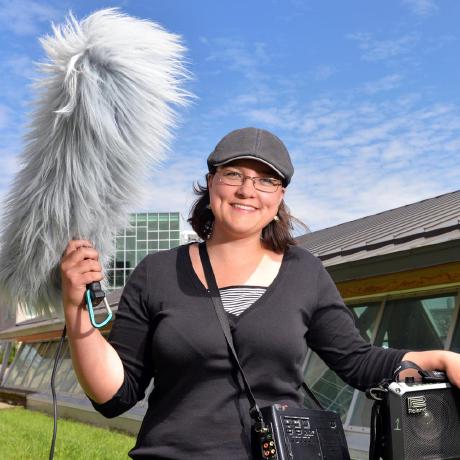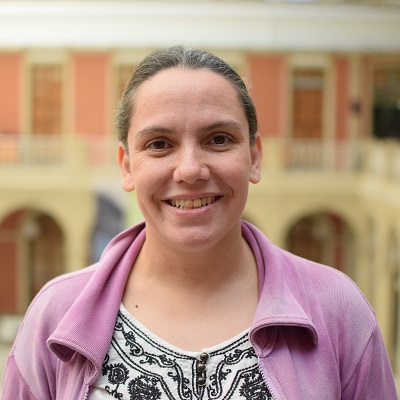All posts (Page 99 of 125)
charlatan makes fake data.
Excited to annonunce a new package called charlatan. While perusing
packages from other programming languages, I saw a neat Python library
called faker.
charlatan is inspired from and ports many things from Python’s
https://github.com/joke2k/faker library. In turn, faker was inspired from
PHP’s faker,
Perl’s Faker, and
Ruby’s faker. It appears that the PHP
library was the original - nice work PHP.
🔗
Use cases
What could you do with this package? Here’s some use cases:
...Two years ago at #runconf15, there was a great discussion about best practices for organizing R-based analysis projects that yielded a nice guidance document describing research compendia. Compendia, as we described them, were minimal products of reproducible research, using parts of R package structure to organize the inputs, analyses, and outputs of research projects.
Since then, we’ve seen more examples and models of research compendia emerge (the organization of such projects is something of an obsession for some of the community). In parallel, there’s been much progress on a number of fronts with R packages: rOpenSci’s package review process has expanded and we’ve worked out many kinks. Infrastructure for automated testing of package code has been developed and field tested. So at #runconf17, we wanted to see how much of this progress in review, testing, and automation could apply to research compendia.
...Textual data and natural language processing are still a niche domain within the R ecosytstem. The NLP task view gives an overview of existing work however a lot of basic infrastructure is still missing. At the rOpenSci text workshop in April we discussed many ideas for improving text processing in R which revealed several core areas that need improvement:
- Reading: better tools for extracing text and metadata from documents in various formats (doc, rtf, pdf, etc).
- Encoding: many text packages work well for ascii text but rapidly break down when text contains Hungarian, Korean or emojis.
- Interchange: packages don’t work well together due to lack of data classes or conventions for textual data (see also ropensci/tif)
Participants also had many good suggestions for C/C++ libraries that text researchers in R might benefit from. Over the past weeks I was able to look into these suggestions and work on a few packages for reading and analyzing text. Below is an update on new and improved rOpenSci tools for text processsing in R!
...And finally, we end our series of unconf project summaries (day 1, day 2, day 3, day 4).
🔗
mwparser
Summary: Wikimarkup is the language used on Wikipedia and similar projects, and as such contains a lot of valuable data both for scientists studying collaborative systems and people studying things documented on or in Wikipedia. mwparser parses wikimarkup, allowing a user to filter down to specific types of tags such as links or templates, and then extract components of those tags.
...Continuing our series of blog posts (day 1, day 2, day 3) this week about unconf 17.
🔗
cityquant
Summary: The goal with the cityquant project was to build a digital dashboard for sustainable cities.

They also had a “spin-off” project called selfquant to get data from a quantified self google sheets template to keep track of weekly performance in various categories.
Team: Reka Solymosi, Ben Best, Chelsea Ursaner, Tim Phan, Jasmine Dumas
Github: https://github.com/ropenscilabs/cityquant
🔗
notary
Summary: notary is actually two things:




